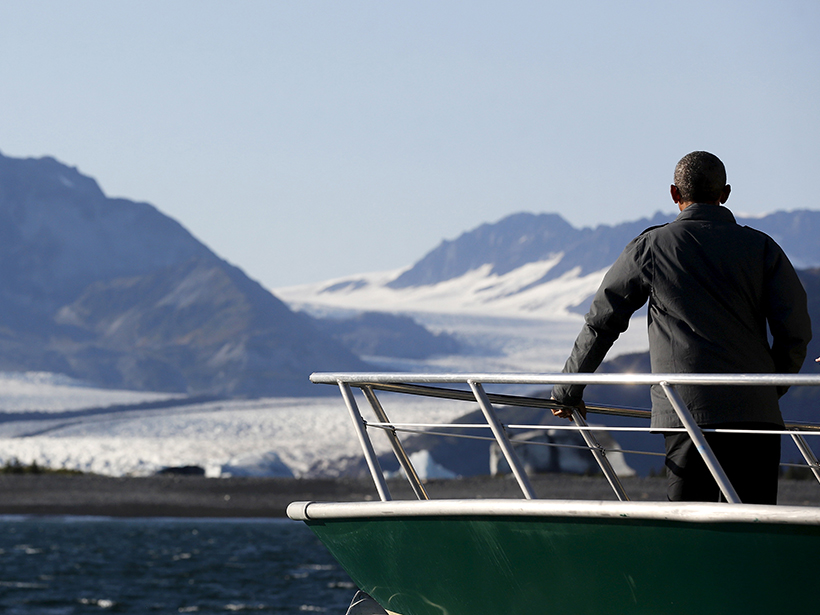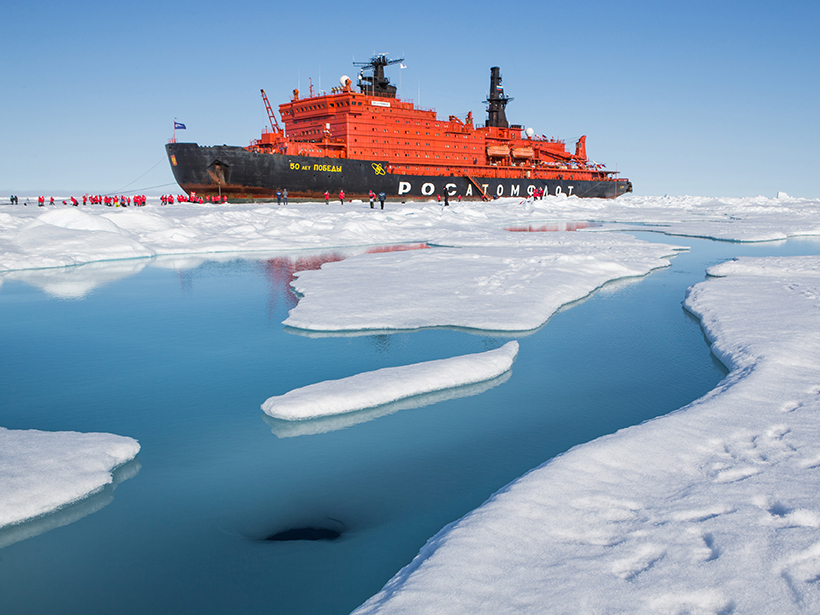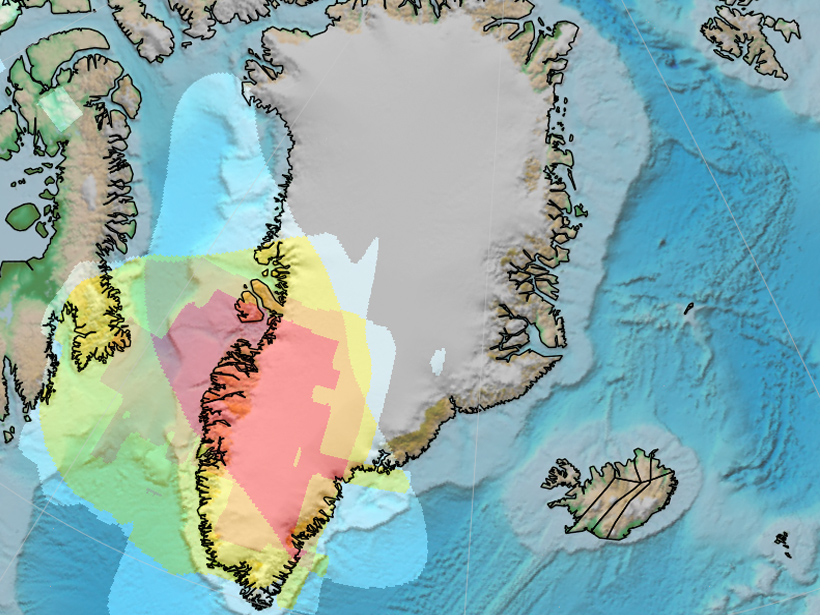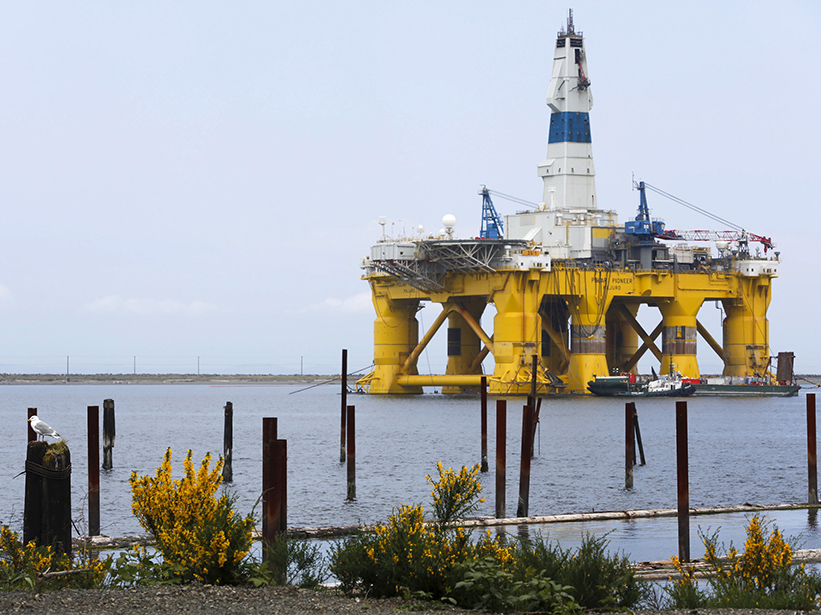The result of international study and coordination, this Special Issue provides an important "state-of-the-science" review of changing systems and their potential impacts.
Arctic
Aquatic Plants May Accelerate Arctic Methane Emissions
About two thirds of the gas produced by a study area near Barrow, Alaska, came from increasingly abundant greenery covering only 5% of the landscape, researchers estimate.
Top Arctic Science Diplomats Convene at White House Next Week
Precipitous transformations from climate change add impetus for this international meeting to guide cooperative research in the northern polar region, U.S. official says.
Communicating Arctic Science Creatively for Diverse Audiences
Revealing the New Arctic: A Climate Change Communication Workshop; San Francisco, California, 16 December 2015
Arctic Survey Hunts for Missing Nitrogen and Phosphorus
A new survey of ocean waters flowing in and out of the Arctic may shed light on how dissolved organic nitrogen and phosphorus contribute to nutrient cycling in the Arctic.
Citizen Scientists Train a Thousand Eyes on the North Pole
During expedition cruises, tourists participate in collecting scientific data and contribute to ongoing observations of sea ice conditions in the Arctic.
AOMIP and FAMOS for Enhancing Understanding of Arctic Changes
This community-based approach to modeling provides a unique forum for coordination, investigation, and synthesis.
Evidence of an Extinct Ocean Basin Detected Beneath Greenland
An analysis of a seismic and gravity anomaly discovered in the middle mantle sheds new light on ancient oceans, the mantle's evolution, and ancient magmatism in the Arctic.
What Does the Pacific Arctic's New Normal Mean for Marine Life?
Climate change has reconfigured Arctic ecosystems. A 5-year project focuses on the relationships among oceanographic conditions and the animals and other life-forms in this region.
U.S. Arctic Leader: With Shell Oil out, Arctic Lost Attention
Shell's drilling activities in the Arctic drew the world's eyes to the far north and to issues like climate change and oil spills, the U.S. special representative for the Arctic said in a recent talk.










